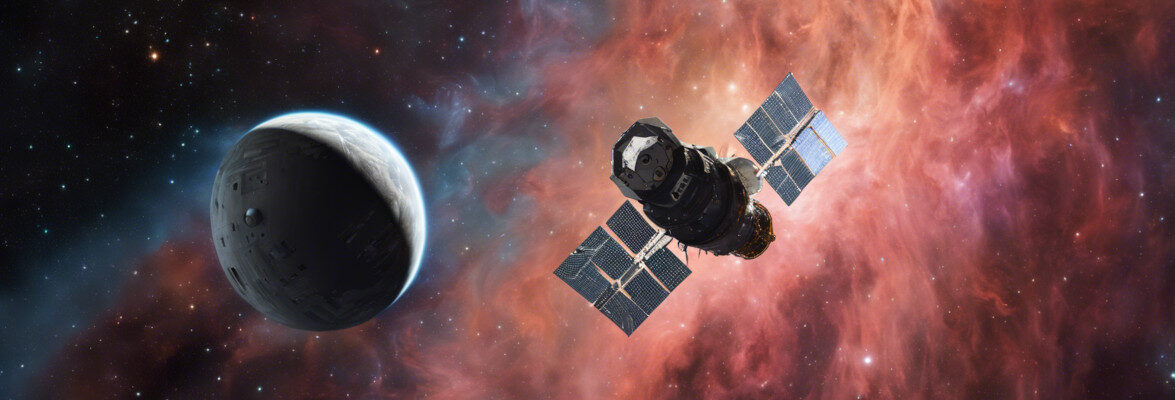
NASA used the Hubble e Spitzer space telescopes to study the composition of the atmosphere of Gliese 3470 b, a mini-Neptune that orbits very close to its star, which is a red dwarf but still heats it up to temperatures that are estimated on the surface between 700 and 900 Kelvin. Gaseous planets have an atmosphere composed mainly of hydrogen and helium but normally there are also other heavier elements, with the consequence that various molecules can form, but in Gliese 3470 b those elements are really scarce.
The study of an ever increasing number of exoplanets led to the discovery of mini-Neptunes, planets much smaller than Neptune whose atmosphere is still thick and dense enough to make a significant part of it. The borderline between super-Earths and mini-Neptune hasn’t yet been well defined given that mini-Neptunes probably have a rocky core that is a significant part of their mass.
In the case of Gliese 3470 b, also known as GJ 3470 b, the mass was estimated around 13 times the Earth’s and the diameter almost 4 times the Earth’s, characteristics that go far beyond the values in which there can be doubts about exoplanet’s nature. It was discovered in 2012 but only in an article published in December 2018 in the journal “Astronomy & Astrophysics” they announced the discovery that Gliese 3470 b was evaporating. The cause is the heat received from its star, from which it has an average distance of about 3.7 million kilometers, about a tenth of the distance between Mercury and the Sun: Gliese 3470 has a mass that’s about half the Sun’s but with a age estimated at about two billion years is still young and is very active so its planet still receives a lot of energy.
These new observations conducted with Hubble and Spitzer space telescopes also focused on the atmosphere of the exoplanet Gliese 3470 b. Its proximity to its star is in this case a good advantage because its year lasts less than 3.5 Earth’s days and this means that it passes in front of it all the time from the point of view of the observers on Earth. The absorption of light by the planet during that transit and the loss of light reflected during an eclipse, when it passes behind its star, can provide a lot of data on a planet’s atmosphere and in this case a total of 12 transits and 20 eclipse were observed.
The atmosphere of the exoplanet Gliese 3470 b turned out to be almost devoid of hazes, allowing the scientists to examine it in depth. They expected to find something similar to Neptune, with elements such as oxygen and carbon and consequently traces of molecules such as water and methane, instead that atmosphere is composed almost completely of hydrogen and helium, more or less like the Sun.
Björn Benneke of the Canadian University of Montreal stated that this is a great discovery regarding planetary formation. Astronomers have discovered many hot Jupiters, gas giants tens of times more massive than Gliese 3470 b, very close to their stars, but very few hot Neptunes.
According to current models, hot Jupiters formed far from their stars and then got closer while Gliese 3470 b probably formed more or less in its current orbit starting from its rocky core and then attracting gas from the protoplanetary disk that surrounded the star in the first phase of that system’s history, as illustrated in the image (NASA, ESA, and L. Hustak (STScI)).
It’s possible that in a distant future the exoplanet Gliese 3470 b will lose all its atmosphere or almost all of it, turning into a super-Earth. Several super-Earths have already been discovered close to their stars and according to a theory they were originally mini-Neptunes that lost their atmosphere. Hot Jupiters are massive enough to keep their atmosphere, the limited mass of hot Neptunes could condemn their atmosphere.
The Gliese 3470 system is almost 100 light-years from Earth, rather close in astronomical terms, so it’s a good candidate for more follow-up observations. It has long been one of the candidates for observations with the James Webb space telescope, when it’s launched at last.

